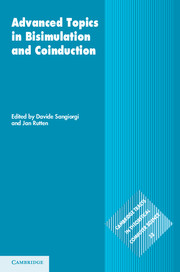The source and network models we discussed so far capture many essential ingredients of real-world communication networks, including
• noise,
• multiple access,
• broadcast,
• interference,
• time variation and uncertainty about channel statistics,
• distributed compression and computing,
• joint source–channel coding,
• multihop relaying,
• node cooperation,
• interaction and feedback, and
• secure communication.
Although a general theory for information flow under these models remains elusive, we have seen that there are several coding techniques—some of which are optimal or close to optimal—that promise significant performance improvements over today's practice. Still, the models we discussed do not capture other key aspects of real-world networks.
• We assumed that data is always available at the communication nodes. In real-world networks, data is bursty and the nodes have finite buffer sizes.
• We assumed that the network has a known and fixed number of users. In real-world networks, users can enter and leave the network at will.
• We assumed that the network operation is centralized and communication over the network is synchronous. Many real-world networks are decentralized and communication is asynchronous.
• We analyzed performance assuming arbitrarily long delays. In many networking applications, delay is a primary concern.
• We ignored the overhead (protocol) needed to set up the communication as well as the cost of feedback and channel state information.
While these key aspects of real-world networks have been at the heart of the field of computer networks, they have not been satisfactorily addressed by network information theory, either because of their incompatibility with the basic asymptotic approach of information theory or because the resulting models are messy and intractable. There have been several success stories at the intersection of networking and network information theory, however. In this chapter we discuss three representative examples.
We first consider the channel coding problem for a DMC with random data arrival. We show that reliable communication is feasible provided that the data arrival rate is less than the channel capacity. Similar results can be established for multiuser channels and multiple data streams. A key new ingredient in this study is the notion of queue stability.
